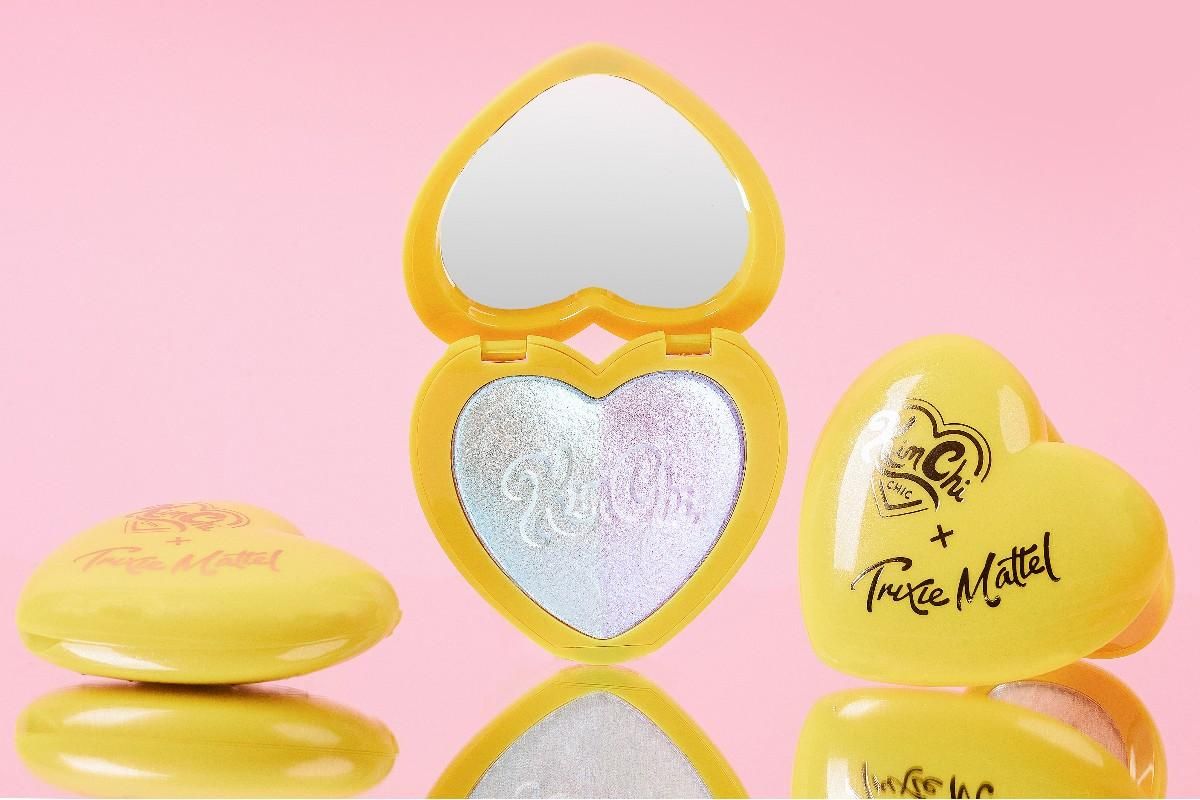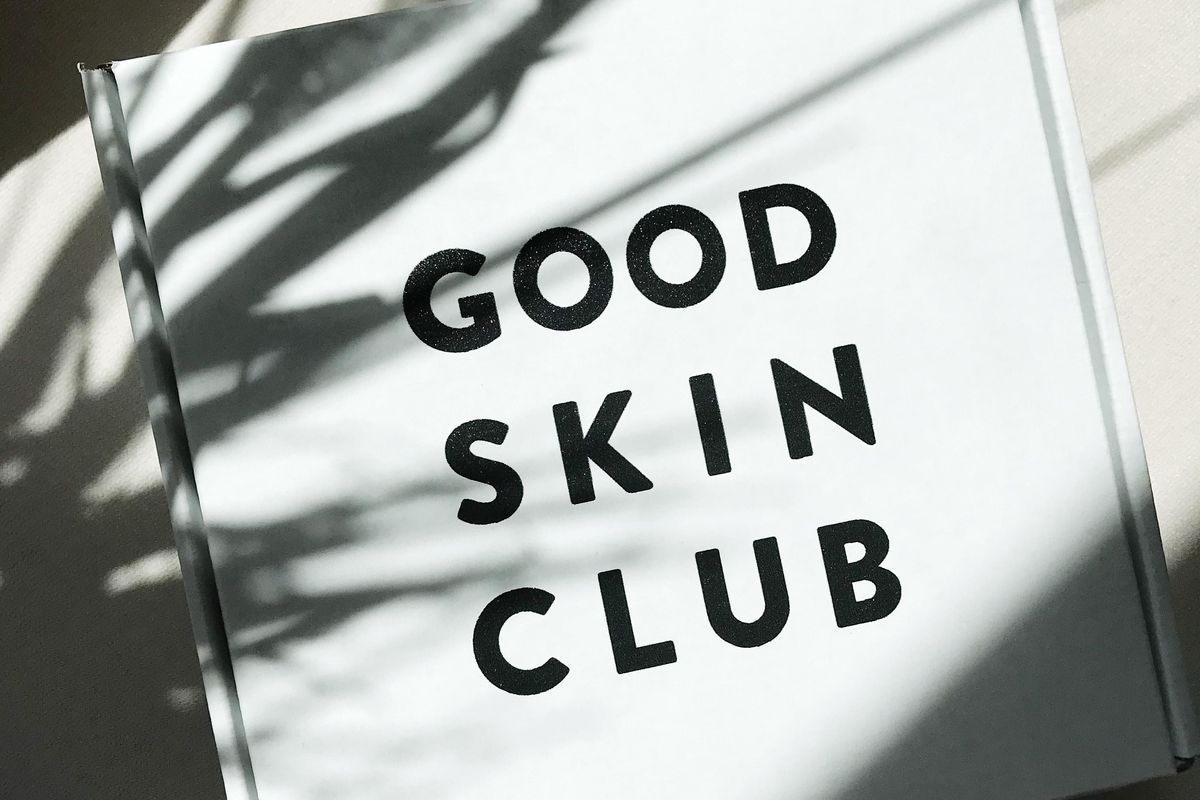Q and A with Pony Charvet, Key West's Tourism Council Liaison
Key West has been one of the world’s leading LGBTQ vacation spots for decades. It’s a place of offbeat, picturesque charm, elegant Victorian architecture, a balmy year-round climate, and an open, genuinely welcoming atmosphere. The subtropical island, located 125 miles southwest of mainland Florida at the southernmost tip of the Florida Keys, has welcomed diverse groups of people since the early 1800s. In fact, the official motto for Key West and the entire Florida Keys is “One Human Family,” proclaiming equality for everyone.
“Key West is truly unique in its distinctly natural and quirky beauty and refreshing tropical weather,” said Pony Charvet, LGBTQ sales manager for the Florida Keys tourism council. “LGBTQ guests visiting have known for a long time that this island paradise offers a sanctuary from mainstream judgment.”
The main thoroughfare, stretching from the Atlantic Ocean to the Gulf of Mexico, is Duval Street. It’s lined with fine art and photography galleries, eclectic shops, and restaurants known for fresh “dock-to-dish” seafood.
The famed “Pink Triangle,” centered around the 700 and 800 blocks of Duval, is home to an entertainment cluster of LGBTQ bars, clubs, and shops. The area also contains four permanent rainbow crosswalks installed by the city.
During Key West Pride 2003, the street was blanketed by a 1.25-mile-long rainbow flag sewn on the island by Gilbert Baker, creator of the original rainbow flag, to celebrate the 25th anniversary of the banner’s debut. About 2,000 volunteers carried it the entire length of Duval — from the Gulf of Mexico to the Atlantic Ocean — in a sea-to-sea demonstration of openness and pride.
In the Atlantic just 7 miles off Key West lies the continental United States’ only living coral barrier reef, offering diving and snorkeling in clear aquamarine waters. Other pastimes include watching dolphins in the wild on eco-tours, exploring a boutique museum devoted to playwright and longtime island resident Tennessee Williams, and hopping on a bicycle and pedaling around the colorful Old Town historic district.
For many LGBTQ visitors, the island’s spirit and sense of community are its biggest attractions. We sat down with Pony Charvet, a 26-year Key West resident as well as the tourism council liaison, to find out more about those intangible elements that resonate so strongly.Q: Some 250,000 LGBTQ travelers visit Key West each year. What draws them?
A: Key West for many years held a mystique as a tropical paradise where those of ‘alternate persuasions’ could live open, free, and safe. Pre-Stonewall, this was introduced by people like Tennessee Williams, Truman Capote, Gore Vidal, Leonard Bernstein, Christopher Isherwood, and Don Bachardy. So many LGBTQ young people, after getting beat up one more time, dreamed of someday living on a tropical island where they would be safe and free.
Post-Stonewall Key West became legendary and almost mythical in many people’s minds. The Village People help cement this with their hit song "Key West." ‘I’m headin’ for Key West, the key to happiness’ became a dream for many — and that mystique continues as those who visit return home and tell stories of their adventures that could only happen in Key West.
Q: What can LGBTQ visitors expect to find and experience when they come to Key West and the Keys?
A: What makes Key West unique is that it’s an island of differences. The experiences that can be had on the island are as diverse as the LGBTQ community. Want the all-night party? Done. Want peace and serenity in a place of beauty? Done. Want to connect with your tribe and experience a chance to be immersed in your community — or experience a rugged adventure outdoors? Done and done. The list is endless
Q: What are some of your favorite things about the Key West community overall and Key West’s LGBTQ community?
A: People fall in love with the diversity and true community they find here. In a normal city, everyone stays in their little bubble — rich, poor, black, white, yellow, old, young — but here, the island is so small that we live and thrive amongst one another. What I love about the LGBTQ community is just that sense of community… and those who see the love and magic that is our community.
Q: These days a lot of places are vying for the gay visitor dollar — but Key West has been welcoming and embracing LGBTQ+ residents and visitors for more than 75 years. How does that history set Key West apart from other destinations?
A: Key West isn’t vying for the tourist dollars; we’re looking to welcome friends — those we know and those we haven’t been lucky enough to meet yet. Here we put people first, not money.
Q: What role do you think Key West’s authentically accepting heritage plays in its LGBTQ tourism success?
A: The same role the sun plays in creating life on earth.
Q: Are there any specific events or times of year when Key West is especially appealing to the LGBTQ community?
A: January 1 through December 31. As diverse as our community is, we have something that will appeal year-round.
Q: When you have friends in town, what are the MUSTS you tell them to do?

Pony Charvet and a Key West Conch Shell
Photo courtesy of Carol Tedesco of Florida Keys News Bureau
A: Get out on the water. Get IN the water! Get a bike or take a walk, slow down and experience the joy of living for a short time on “island time,” relax by a pool and start a conversation with someone new.
Check out the amazing comedy scene, dance the night away and walk home at sunrise, listen to live music at an open-air venue under the stars. See what it’s like to eat fresh seafood that was probably swimming in the ocean only hours earlier. And finally, remember that you haven’t experienced Key West until you have blown a conch shell!





